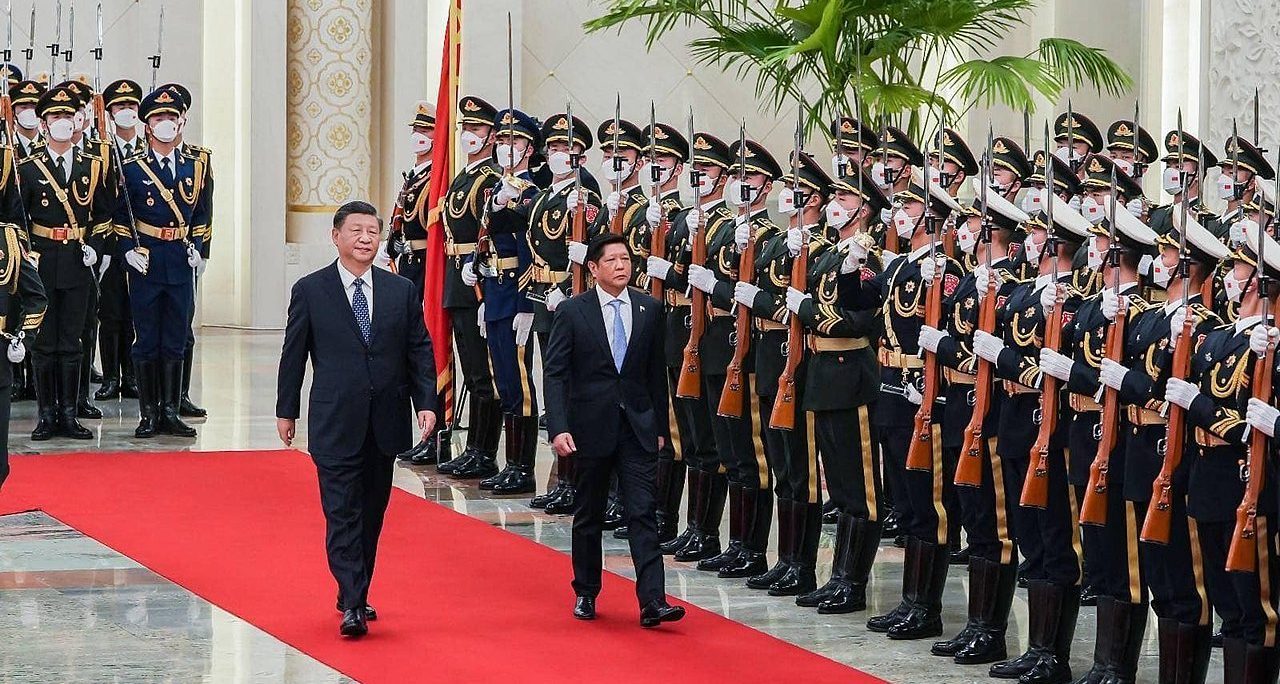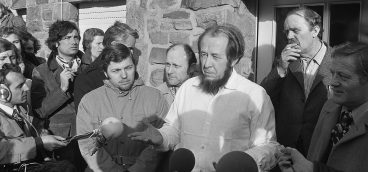The New World Order

“The vaunted China model … has entered its death throes.” — Michael Schuman in “The Atlantic”
Following the end of World War II we lived in a bipolar world, with the US and USSR vying for domination. When the Soviet Union collapsed around 1990, we entered a unipolar world with the US as global hegemon.
But then, with the rise of China and the founding and vast expansion of the European Union, a multipolar world order took shape with the US, China and the EU as the dominant players, but with Japan, India, Russia, and a few others staking out claims to regional dominance.
Although most observers believe that a multipolar world order not only describes our current state but also the likely state of the world for many decades to come, I will argue that this multipolar structure is already collapsing before our eyes. For very different reasons China and the EU are in decline while the power and influence of the US – notwithstanding its many challenges –continues to grow.
We will, in other words, soon reenter a unipolar world while most observers are still looking out the back window. Let’s begin by looking at the decline of China.
Like all autocratic societies, China periodically suffers from the “bad emperor” problem. This is common knowledge, but most people haven’t quite internalized how destructive the phenomenon is.
Consider the situation China’s leaders faced following the death of Mao Zedong, the paradigmatic bad emperor. Even the redoubtable Deng Xiaoping, by far the most capable leader China has produced in the modern era – and its only good emperor – could do no more than set the stage for China’s recovery.
Deng stabilized China – no mean feat – but his main contribution to China’s future was his imposition of term limits on the country’s top leaders. Mao had been the country’s leader from 1954 until his death in 1976, and Deng was determined that the next bad emperor would not serve for so long.
Deng’s prestige was enough to keep term limits in place for a period of time, but when Xi became President he simply swept term limits aside – Xi clearly intends to be China’s President-for-Life.
Deng is also credited with introducing free market ideas into China’s socialist economic system, a very important development. But China’s extraordinary rise wasn’t propelled by Deng, it was enabled by the West, and especially the US.
Following the collapse of the Soviet Union a kind of political arrogance infected the West. We believed “the end of history” had arrived and liberal democracy had prevailed. Beyond that, we believed that any country that was invited into the world of nations – admitted to the World Trade Organization – would inevitably transition into a liberal democracy like us. (This is known among academics as “modernization theory.”)
We were profoundly wrong – a nearly existential mistake. All we managed to do was to enable the meteoric rise of a powerful, autocratic, and politically monstrous society bent on our own destruction.
When Xi ascended to power in 2012 virtually everyone in the West – economists, statesmen, diplomats, political and military leaders – still believed that China’s rise was inexorable and that it would soon pass the US as the world’s largest economy. Books were written (and celebrated) with titles like When China Rules the World.
But Xi quickly understood that he was taking the reins of a very different country. China’s economy was already slowing dramatically when Xi took power in 2012 and Xi recognized that without radical change China’s growth rate would continue to fall. And Xi was right – growth had hit 14% in 2007, but by 2012 it was down to 8% and falling fast. It would hit 2.2% in 2020 and 3% in 2022 – and that’s if you believed the official figures.
Slowing growth is never a happy outcome for a society, but Xi knew it was worse than that for China – it was a life-and-death problem for the Chinese Communist Party. The CCP had made a simple but powerful devil’s bargain with the Chinese people: give us all power and we will make you rich.
For a triennium, thanks to a West that was asleep-at-the-switch, the CCP had kept its part of the bargain. The Party followed the tried-and-true developing-nation model of capital-intensive growth, but by 2012 the usefulness of that model was coming to an end. There are only so many steel mills and bridges a society can build, and if you build a lot more apartment blocks than you need, you simply develop a massive debt problem – not more growth.
Xi knew that other Asian developing countries, especially Japan, South Korea, Singapore and even the hated Taiwan, had employed capital-intensive strategies to jump-start their growth, but they had then transitioned to more sustainable consumer-focused growth and had become rich.
Neither Xi nor anyone else knew of any model – other than transitioning to a consumer-led economy – that would enable a country to escape the “middle income trap.” As a result, early in his tenure Xi proposed a 60-point reform plan that would liberalize China’s economy and move it beyond its tired, capital-intensive model.
The West cheered – its expectation that China would liberalize was finally happening! Typical was this now-embarrassing piece from the Brookings Institution:
“Today’s [that is, November 17, 2013] blizzard of specific reform pledges allays earlier concerns that the new government … would fail to set major policy goals.
“It is clear that the full 60-point “Decision on Several Major Questions About Deepening Reform” encompasses an ambitious agenda to restructure the roles of the government and the market. Combined with other actions from Xi’s first year in office … the reform program reveals Xi Jinping as a leader far more powerful and visionary than his predecessor Hu Jintao. He aims to redefine the basic functions of market and government, and in so doing establish himself as China’s most significant leader since Deng Xiaoping.”
But the proposed reforms were never implemented, and for good reasons, as we’ll see next week.
Next up: The New World Order, Part 2















